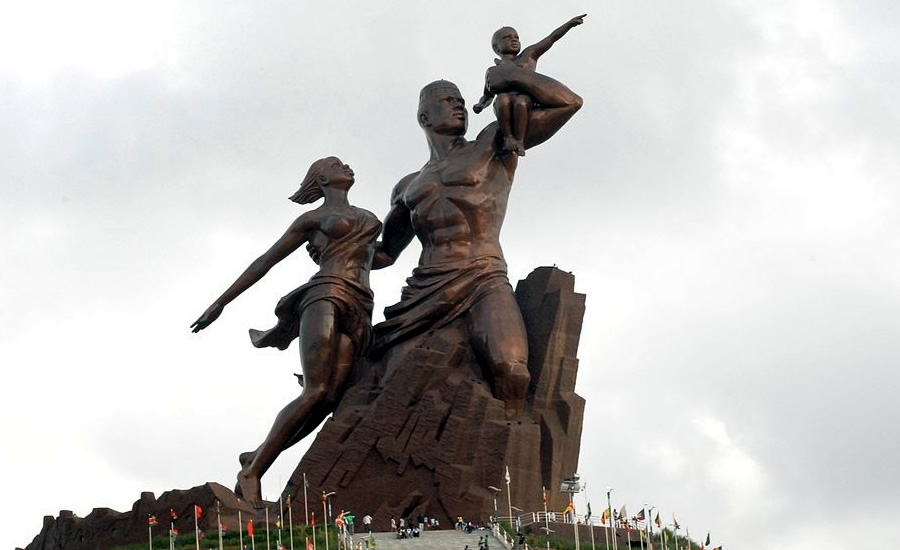
The colossus that dominates the Mamelles hills in Dakar has become Africa's tallest statue and an emblem of continental pride. The African Renaissance Monument, nearly 50 metres high, was conceived as an allegory of strength, unity and future for the continent.
The sculpture, unveiled in 2010, surpasses in size global icons such as Christ the Redeemer in Rio de Janeiro or the Statue of Liberty in New York, if only the figure alone is compared. Its bronze silhouette depicts a man, a woman and a child gazing at the horizon, symbolising a new era of hope.
The idea came from the then Senegalese president Abdoulaye Wade, who commissioned architect Pierre Goudiaby Atepa to design it. The North Korean firm Mansudae Overseas Projects, which specialises in political monuments, was commissioned to carry out the project.
The project cost approximately $27 million, which provoked a fierce internal debate. Critics questioned the expense in a country with high poverty rates and pointed to the style as an imposition alien to the local artistic tradition.
Despite the controversy, the monument has established itself as one of Dakar's most visited attractions. A lift leads to the viewing platform installed on the head of the male figure, from where there are panoramic views of the Atlantic and the Senegalese capital.
Over the years, the gigantic sculpture has acquired a double value: a symbol of African resilience and a space for reflection on the role of monumental art in public memory.
Source: publicdelivery.org; lonelyplanet.com
